Samsung's green initiatives make Apple look bad
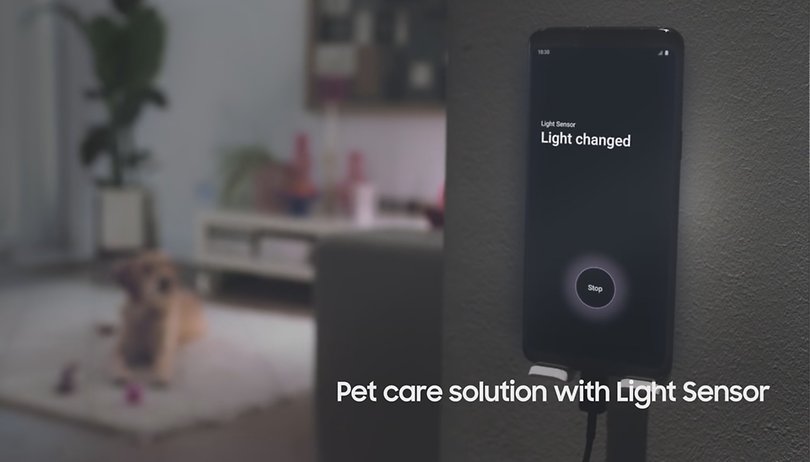

At CES 2021, pulled a virtual rabbit out of its hats with the announcement of the Galaxy Upcycling project which aims to reduce environmental impact by retrofitting and reusing old Galaxy smartphones.
The concept is to recycle – or rather upcycle your old smartphone so that you give your old smartphone a second shot at life with a totally brand new functionality. It is a far more interesting idea and, more importantly, a whole lot more relevant to consumers compared to the optional charger fad pioneered by Apple and in due time, was unfortunately followed by many other Android manufacturers. And from what we know so far, Samsung is all set to follow the same trend this year – at least with their flagships.
Samsung talked about the Galaxy Upcycling project back in 2017, without offering anything concrete. The "revival" of this initiative at the beginning of CES 2021, provides a little more substance to this beautiful promise. We can see more clearly how Samsung wants to achieve a truly complete product lifecycle, combined with a better user experience.
The basic idea is to allow Samsung Galaxy smartphone users to transform an ageing device into a connected object and integrate it into a smart home ecosystem as opposed to reselling it, throwing it away, or simply leaving it in a drawer to function as a useless paperweight.
Transform your old Samsung smartphones into a baby monitor or smart switch
To enable this upcycling initiative to succeed, Samsung is planning software updates that would allow owners to choose what kind of new life that they would want to assign to their old Galaxy smartphone(s).
With these updates, multiple functionalities would be made available in order to ensure that your old device would be best suited to serving a particular new purpose. The South Korean consumer electronics giant provided several examples during its press conference at CES 2021, such as the possibility of turning its Samsung Galaxy smartphone into a baby monitor.
In that case, the smartphone will be equipped with the ability to monitor the baby's sounds and detect whenever (s)he wakes up or cries. You will then receive a notification that is sent directly to your current smartphone so you can make sure that everything is all right.
Another possible application shown off by Samsung is transforming a Galaxy smartphone into a smart switch, allowing you to control your connected lighting system accordingly, ranging from the ambient brightness of your indoor and/or outdoor space to upstairs or even the basement. In principle, the initiative is quite commendable and it's hard to accuse Samsung of green-washing compared to the silly idea of selling chargers separately.

But let's come back to terra firma for a moment because we must also question the feasibility and, above all, the profitability of such a project. What does Samsung mean by an old smartphone? A Galaxy S9 is still "new" for many users, so they don't want to get rid of it as an everyday device, upcycling or not.
What does Samsung mean by a Galaxy smartphone? Will only high-end, Galaxy S, Note, and Z Fold/Flip smartphones be compatible with the updates required for upcycling? Or will the project be extended to the mid-range models and the entry-level Galaxy A series?
Will Samsung ensure the compatibility of these upcycling features with an existing connected-home ecosystem? Or will the South Korean giant force upon use yet another proprietary and exclusive solution? One final question: do we need Samsung or another manufacturer and specific upgrades to upcycle our old smartphones themselves?
To make its project a relevant and "seamless" solution with the lowest possible barriers to entry, Samsung needs to offer real value as an advanced integration of its smartphones into an existing ecosystem. There needs to be inter-compatibility and interoperability between the smartphone(s) and any connected objects in the home that third-party applications don't already provide.
As is often the case with CES announcements, we're not sure when Samsung will offer these features, but it promises to be an exciting ride ahead nonetheless. More exciting, anyway, than the optional full-featured chargers we're being sold as an option to supposedly save the planet and never, ever, ever to increase its margins at the expense of consumers.





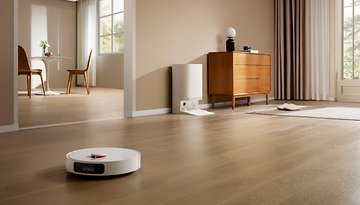
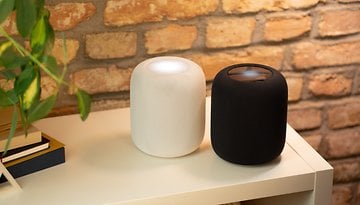


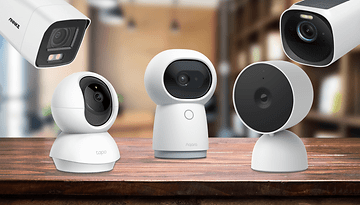
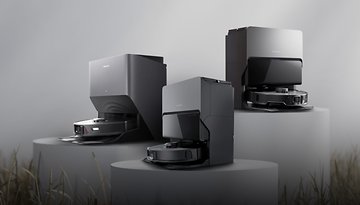
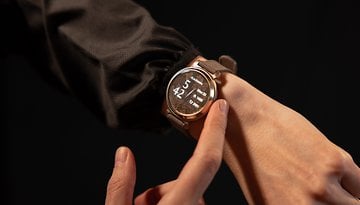
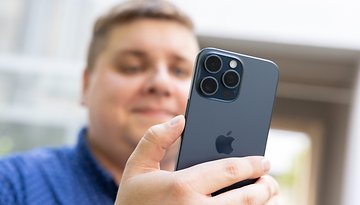

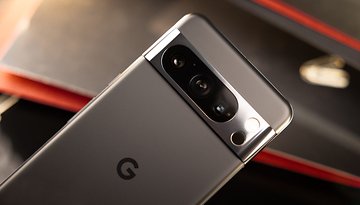


Recommended editorial content
With your consent, external content is loaded here.
By clicking on the button above, you agree that external content may be displayed to you. Personal data may be transmitted to third-party providers in the process. You can find more information about this in our Privacy Policy.